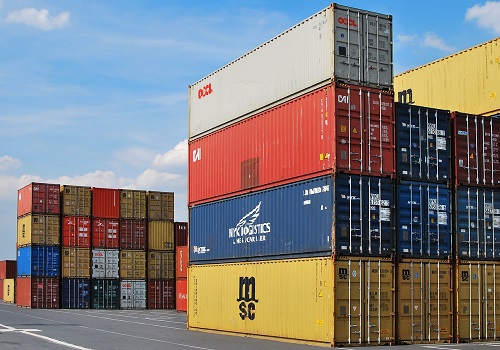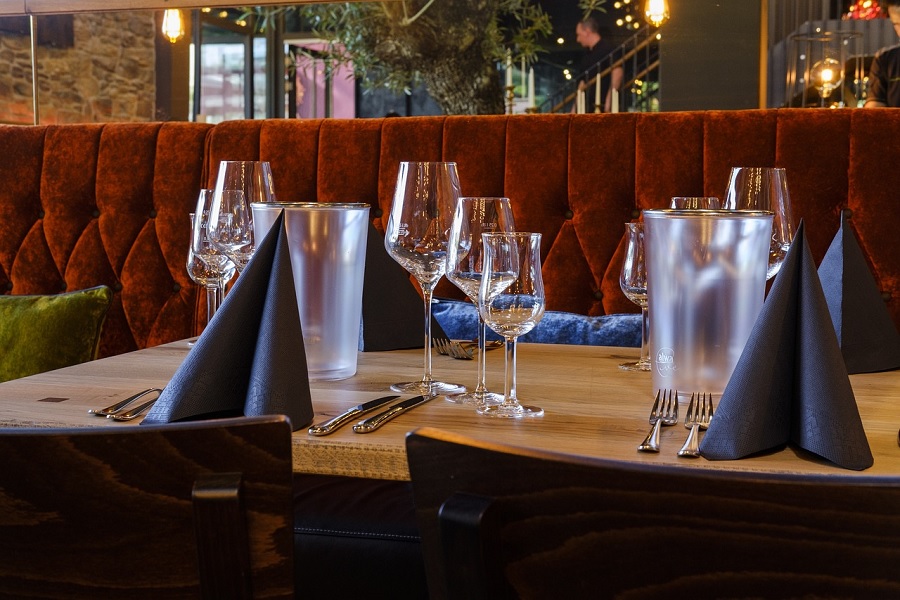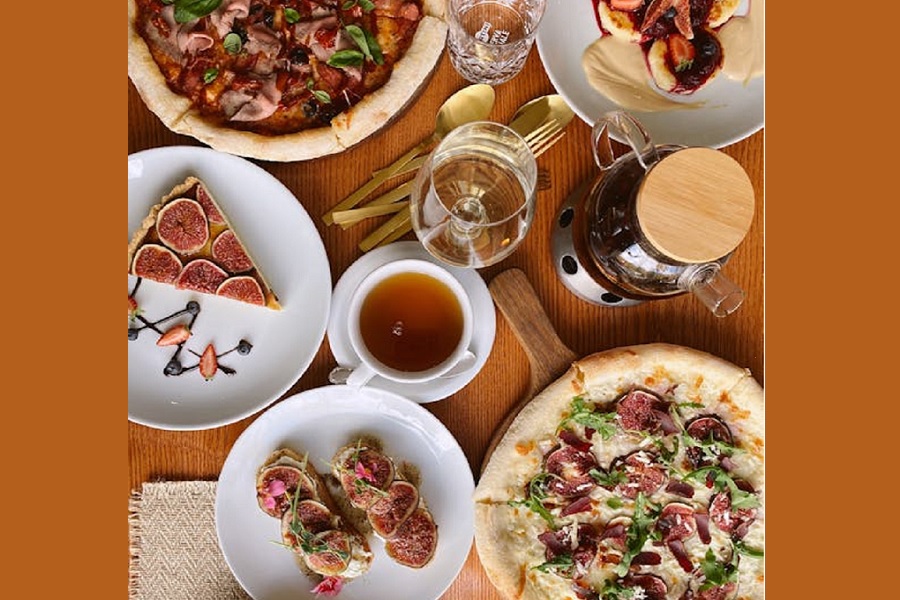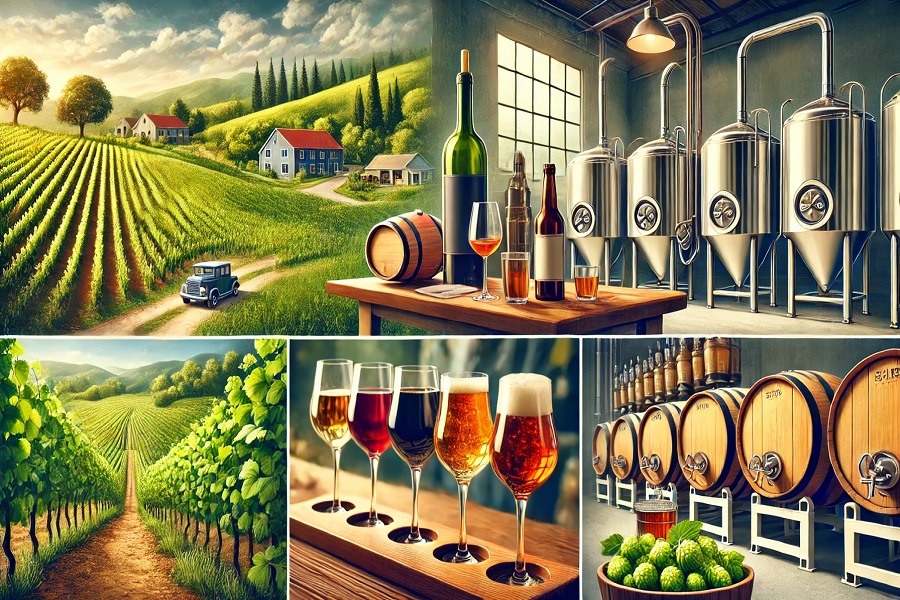Food and Beverage Travel: A Culinary Journey Across the Globe

Food and beverage travel, also known as culinary tourism, is a delightful way to explore the world through its flavors, aromas, and traditions. For those who believe the best way to a culture’s heart is through its kitchen, this form of travel offers an immersive experience that satisfies both the taste buds and the soul.
The Essence of Food and Beverage Travel
This type of travel revolves around discovering the culinary heritage of a destination. It includes savoring local dishes, visiting vineyards, participating in cooking classes, and understanding the cultural significance of food and drinks.
Why Food and Beverage Travel is Popular
- Authentic Experiences: Food is a universal language that connects travelers with local traditions and lifestyles.
- Cultural Insights: From street food stalls to fine dining, culinary practices reveal a region’s history, values, and influences.
- Memorable Flavors: Tasting regional specialties creates lasting memories tied to specific places.
- Interactive Adventures: Activities like wine tasting, farm visits, and food festivals add depth to travel experiences.
Top Destinations for Food and Beverage Enthusiasts
- Italy: Famous for its pasta, pizza, gelato, and iconic wines like Chianti and Prosecco.
- Japan: Savor sushi, ramen, and sake while exploring traditional markets and izakayas.
- France: A haven for lovers of cheese, pastries, wine, and haute cuisine.
- India: From spicy curries to sweet jalebis, the diversity of Indian cuisine is unparalleled.
- Mexico: Home to tacos, tamales, tequila, and mezcal, offering vibrant and bold flavors.
Unique Experiences in Culinary Tourism
- Cooking Classes: Learn to make authentic dishes from local chefs in places like Bangkok or Tuscany.
- Food Markets: Explore bustling markets like Barcelona’s La Boqueria or Marrakech’s Medina for fresh ingredients and local delicacies.
- Wine Tours: Visit vineyards in regions like Napa Valley, Bordeaux, or South Africa’s Cape Winelands.
- Street Food Adventures: Sample iconic street eats like Vietnamese pho, Turkish kebabs, or Singaporean laksa.
- Beverage Trails: Follow trails like Kentucky’s Bourbon Trail or Belgium’s beer tours for a deeper understanding of local drinks.
Planning a Food and Beverage Trip
- Research Local Specialties: Identify dishes, drinks, and culinary experiences unique to your destination.
- Book Ahead: Reserve spots for popular food tours, wine tastings, and cooking classes.
- Stay Central: Choose accommodations near food districts or markets for easy access to culinary hotspots.
- Be Adventurous: Try new dishes, even if they’re outside your comfort zone—some surprises become favorites!
- Engage Locals: Talk to chefs, market vendors, and fellow diners to learn about the stories behind the food.
The Benefits of Culinary Travel
- Cultural Appreciation: Understanding the roots of a dish deepens respect for the community that created it.
- Sensory Delight: Tasting, smelling, and seeing beautifully crafted food adds joy to any journey.
- Learning Opportunities: Discover new cooking techniques, ingredients, and recipes to bring home.
- Community Support: Patronizing local restaurants, farms, and artisans benefits the regional economy.
Conclusion
Food and beverage travel is more than just eating and drinking; it’s about celebrating the essence of a destination through its culinary artistry. Whether you’re indulging in Michelin-starred dining or relishing a humble street-side meal, every bite tells a story. So pack your appetite and set off on a delicious journey that nourishes both body and soul




















